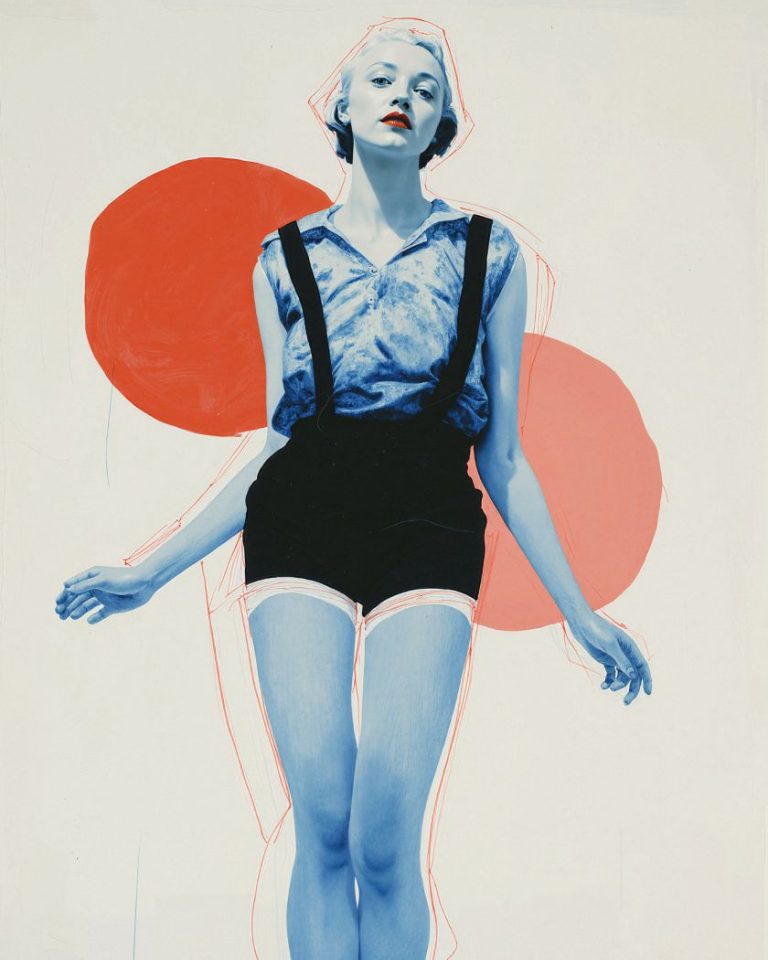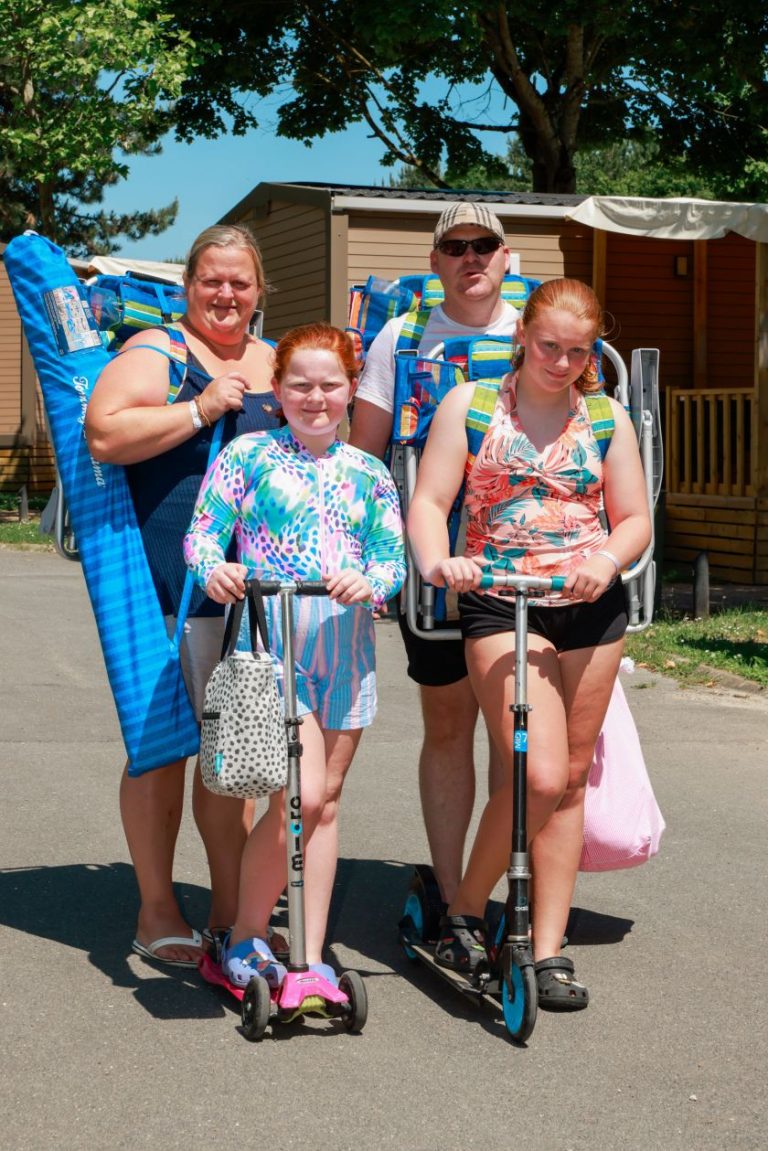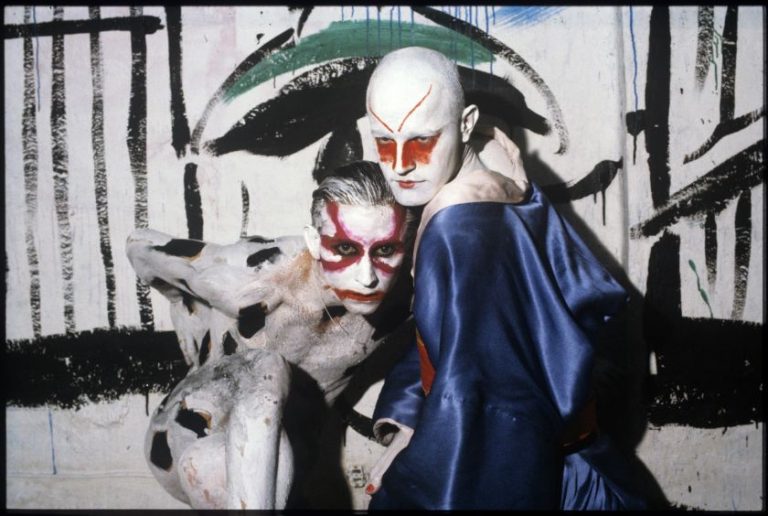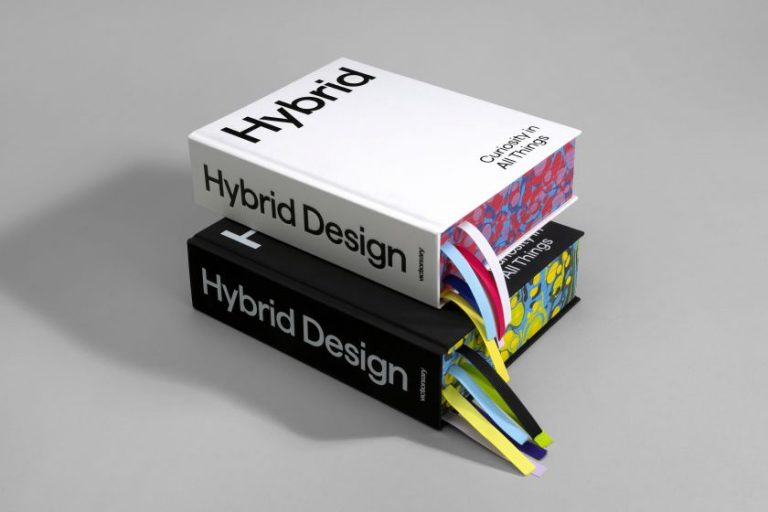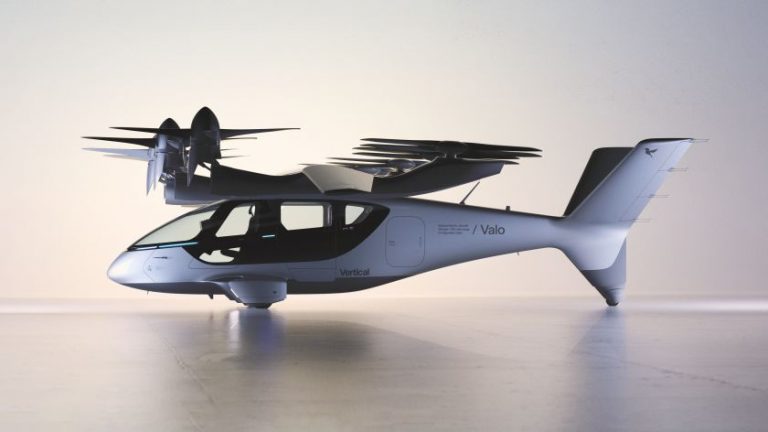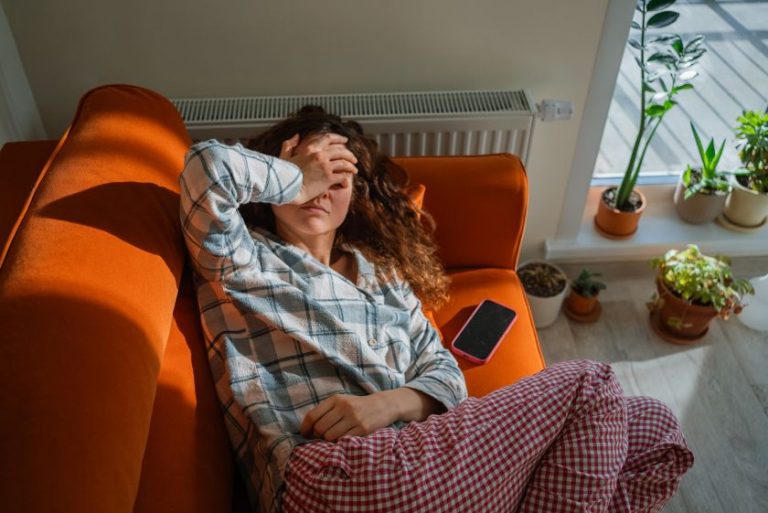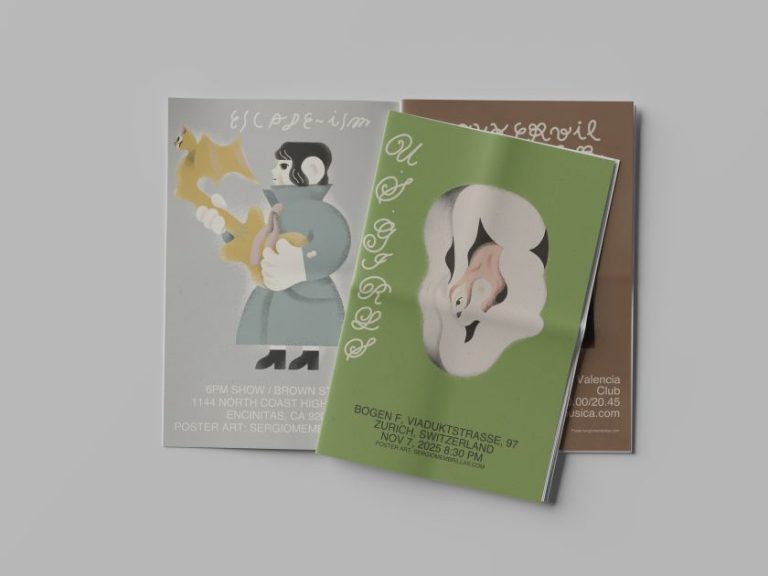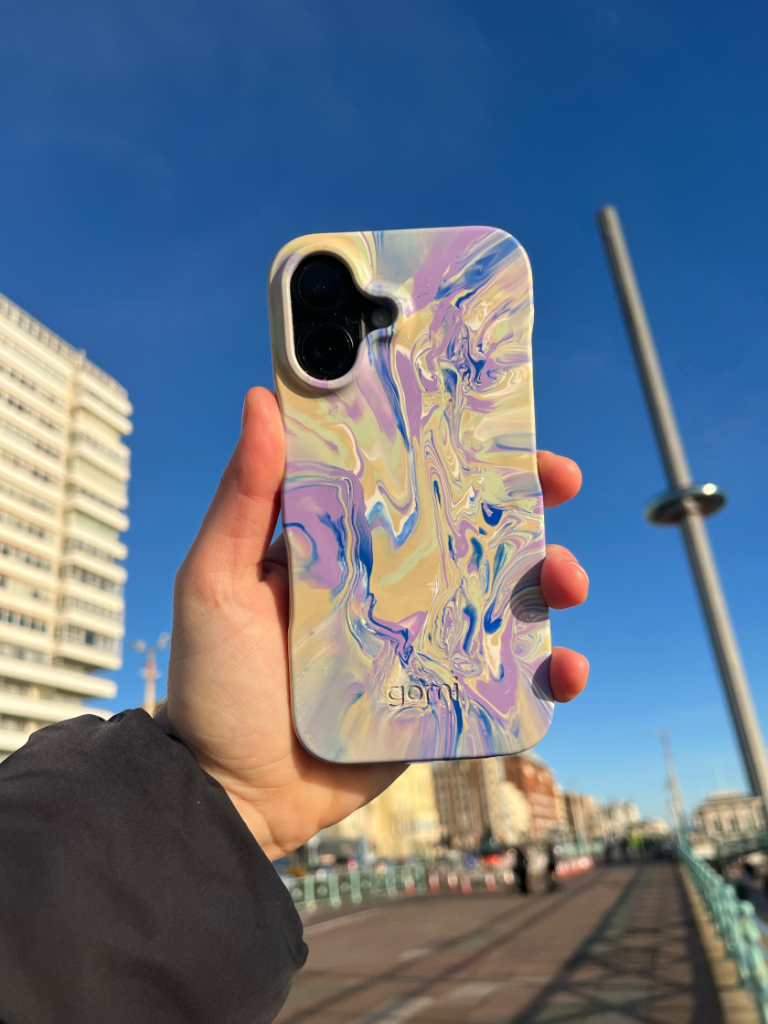Photography by Fiona Finchett
After years of travel and unexpected curveballs, the founders of Broaden built a purpose-led film studio in a 40ft shipping container—by hand, with family help, and a whole lot of plywood. The result is a creative space like no other, rooted in values and resilience.
What do you do when your filmmaking dreams are interrupted by a global pandemic, a failed move abroad, and the chaos of Brexit? If you’re the team behind Broaden, you grab a 40ft shipping container, some second-hand windows, and a mountain of plywood and build a studio from scratch.
The purpose-led filmmaking studio, founded in 2019 by urban designer-turned-producer Bryony Simcox and cinematographer George Webster, has just completed an ambitious two-year studio build in Carrington, Greater Manchester. The result? A beautifully crafted, 29m² creative space that reflects Broaden’s values: DIY spirit, social purpose, and big ambition in compact form.
From campervans to containers
The studio’s journey began in rather unorthodox fashion. After returning from Australia and working on documentary projects like The Hundred Miler, the duo converted a 25-year-old Japanese campervan, intending to travel and film around the world. But Covid had other plans. Six weeks into the trip, they found themselves grounded in València, Spain…living in the van, and building Broaden remotely from their tiny mobile home.
After trying to settle permanently in Spain, plans were scuppered by the combined challenges of the pandemic and Brexit. So they returned to the UK, eventually making a home in the post-industrial outskirts of Manchester. It was here, in the backyard of an ex-garden centre where they live with their landlords and supportive family of five, that the idea for a dedicated studio space was born.
A container reborn
In 2023, work began on transforming a weather-beaten shipping container, which had spent a decade at sea, into a warm, efficient, and inspiring studio space. Designed and built entirely by George, Bryony, and Bryony’s dad, Bruford, the structure makes smart use of reclaimed and low-impact materials, including second-hand glazed windows, high-performance insulation, and, yes, lots of plywood.
“We’ve always loved small space design and researching innovative adaptive reuse,” admits Bryony. “Originally, I hated shipping container conversions cause I thought they were cliche and not very practical! But the benefit is that you start with a structurally-sound and watertight container, and you also have the flexibility to move it again, if you ever wanted to do that in the future.”
“Building the foundations was the most physically demanding part,” she adds. “We had to lay water and electricity, which meant I got to drive a mini digger for the first time! We also decided not to lay a large concrete pad for foundations, so we laid channels of compacted hardcore, which allows for better water drainage and is generally less ecologically impactful. Our breakthrough moment was definitely cutting the 3.5m wide hole for the huge bi-fold windows, completely terrifying!”
Now complete, does she have any favourite bits? “There are loads of hidden details that I love spotting every time I come in here: from the suspended lighting panels that also double as infrared heaters, to the way we hung the plywood walls, using a method called ‘French cleats’ – a nightmare to install but a beautiful screw-less finish,” she says.
The studio officially launched in June, with local photographer Fiona Finchett capturing its opening party. The space gives Broaden a base to collaborate with the socially minded clients they champion. Past and present partners include the BBC Philharmonic, British Council, Adfree Cities, and the World Design Capital 2022.
In fact, they’ve just finished editing a thirty-minute documentary for Bolton Museum about the birth of Reebok. “Editing, recording voiceovers and animating during numerous late nights was all the more enjoyable thanks to having this space,” Bryony adds.
A creative ecosystem
More than just a workspace, the studio is part of a wider creative ecosystem. The Carrington site also hosts NightGarden, an audiovisual micro-festival returning this August for its fifth edition. Additionally, plans are underway to share more behind-the-scenes footage, including a four-part video series on the container build, which is currently in production, providing a deeper look into the process.
And while the studio is a place for work, it’s also a reflection of Broaden’s values. “We wanted the space to mirror our approach to filmmaking—a commitment to detail, an eye for beauty, and a passion for minimising ecological impact,” says Bryony. “Building it by hand has changed how we make films, and vice versa.”
But being purpose-led isn’t just a buzzword—it’s an active practice. “It means questioning everything—our projects, our clients, our supply chains, and our impact,” she says. “We don’t always get it right, but we never want to stop questioning.”
Looking ahead, Broaden hopes to attract more collaborators in the Right to Repair movement and the Green Tech sector, using film to support behaviour change on a larger scale. And with a growing team—editor Philip recently joined—the studio is already becoming a hub for new possibilities.
“Taking a step back at our studio launch, seeing our friends and collaborators enjoying the space, the record player going, beers flowing, and sunshine pouring in—that was the moment it all felt worth it.”
Yes, it’s a practical solution to the lack of affordable creative space out there. And yes, it’s a statement. But it’s also a quiet rebellion. Something built slowly, carefully, by hand—and with heart.
As the heatwave breaks this week and the rain sends me into my usual existential spiral, I can’t help but wonder if this is becoming more of a thing… where creatives are leaning into independence, collaboration, and purpose-led work. Perhaps Broaden provides a timely blueprint for what’s possible when we stop waiting—and start building.
George Webster and Bryony Simcox


